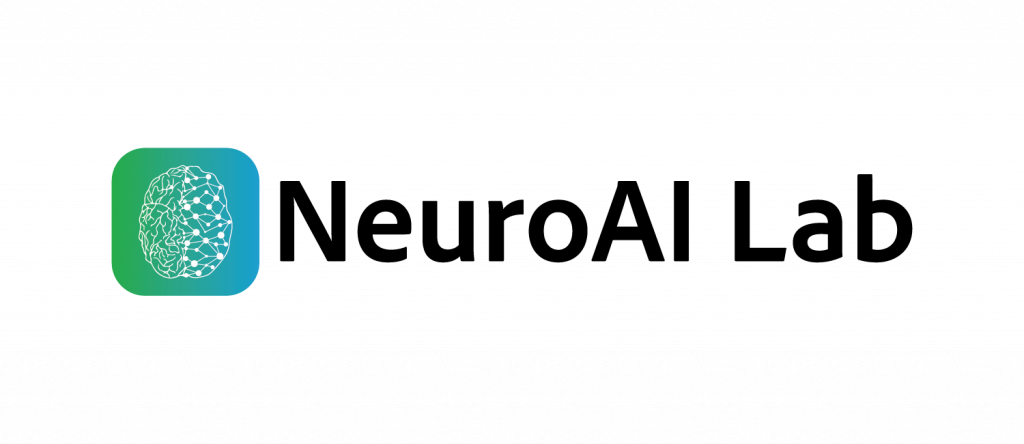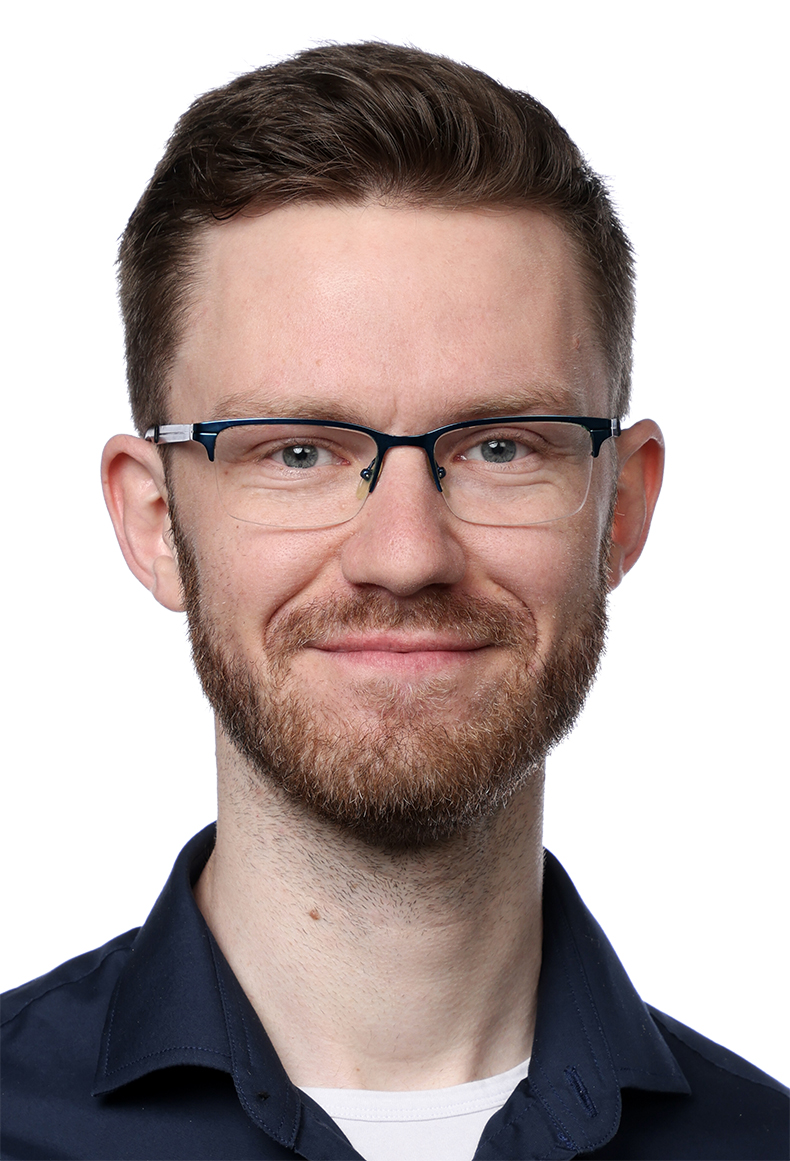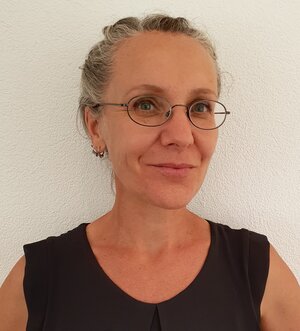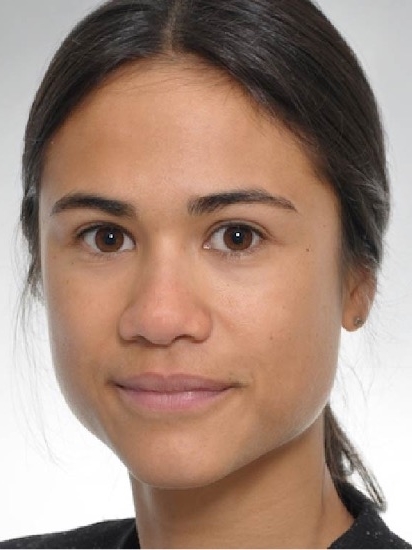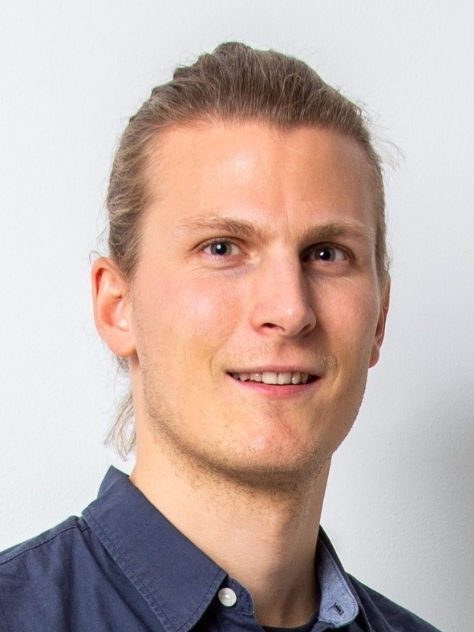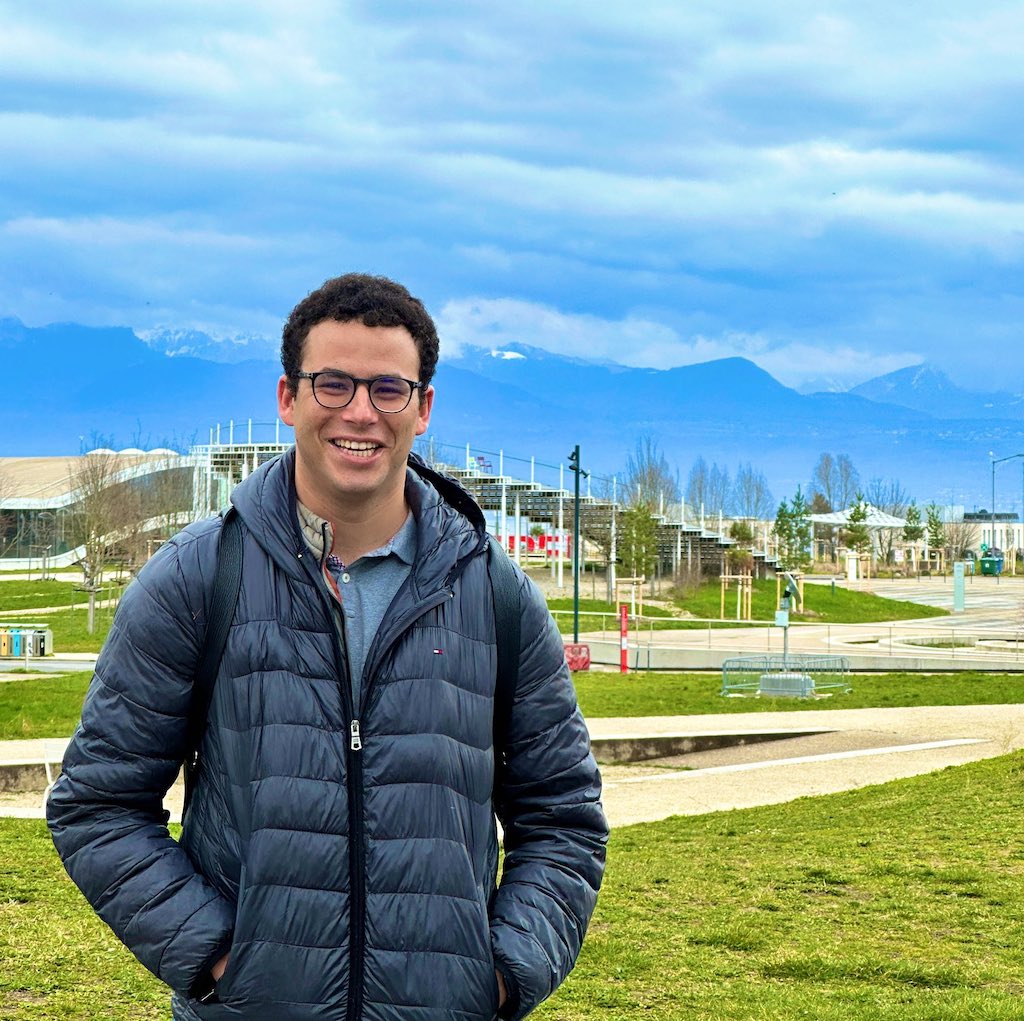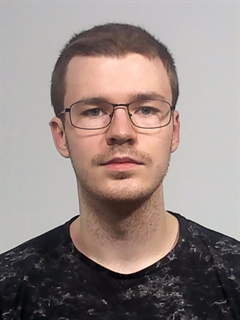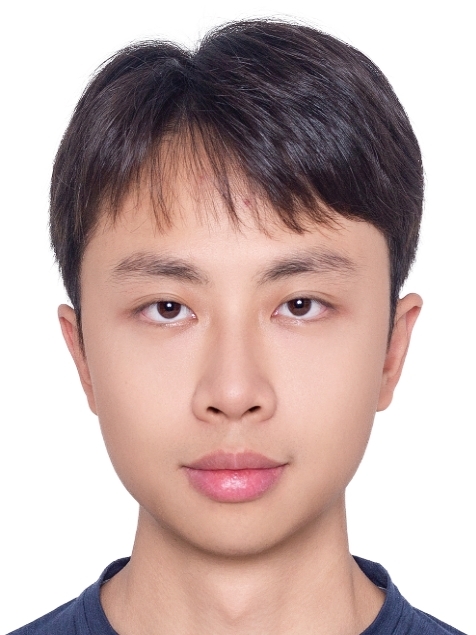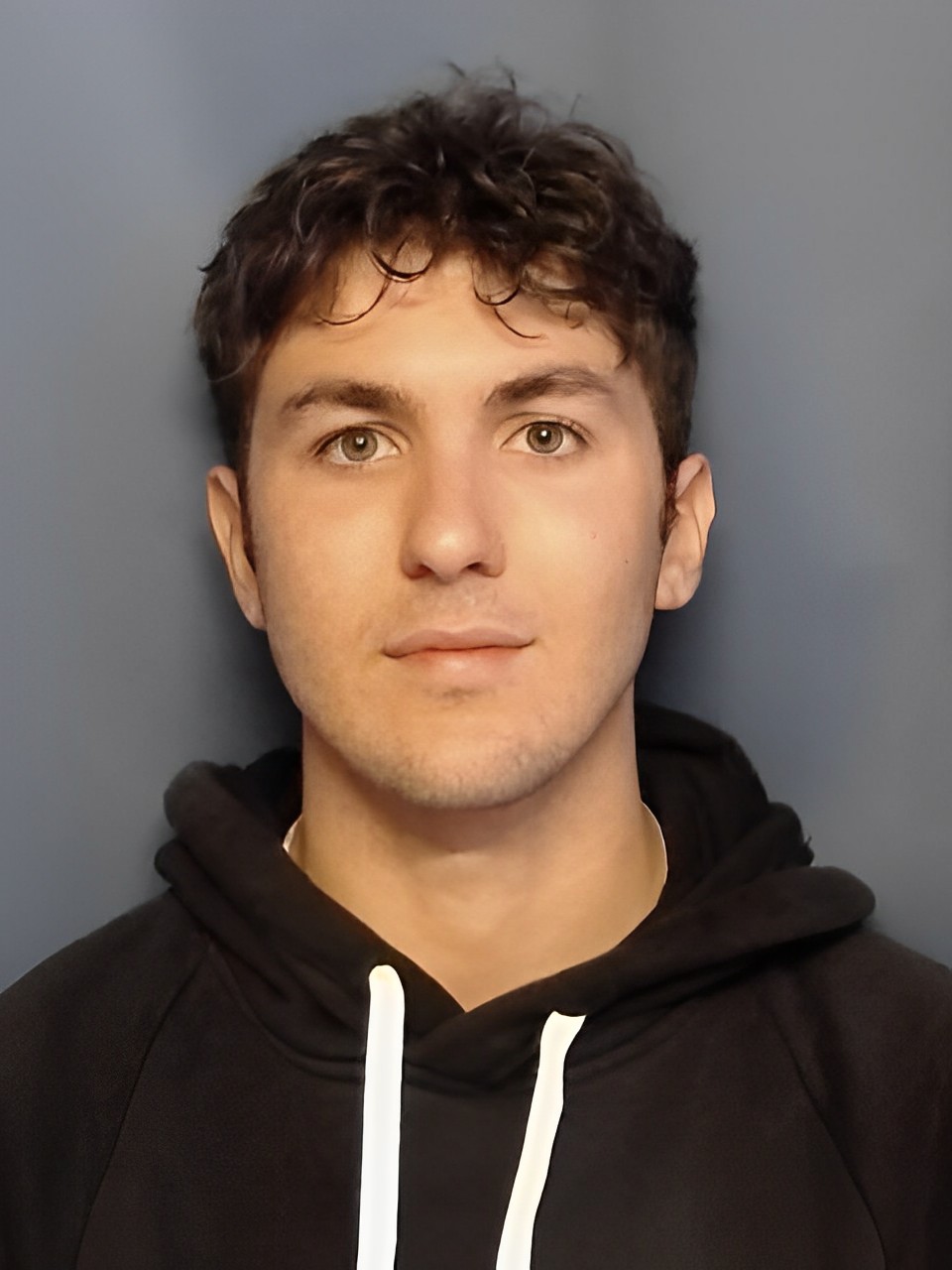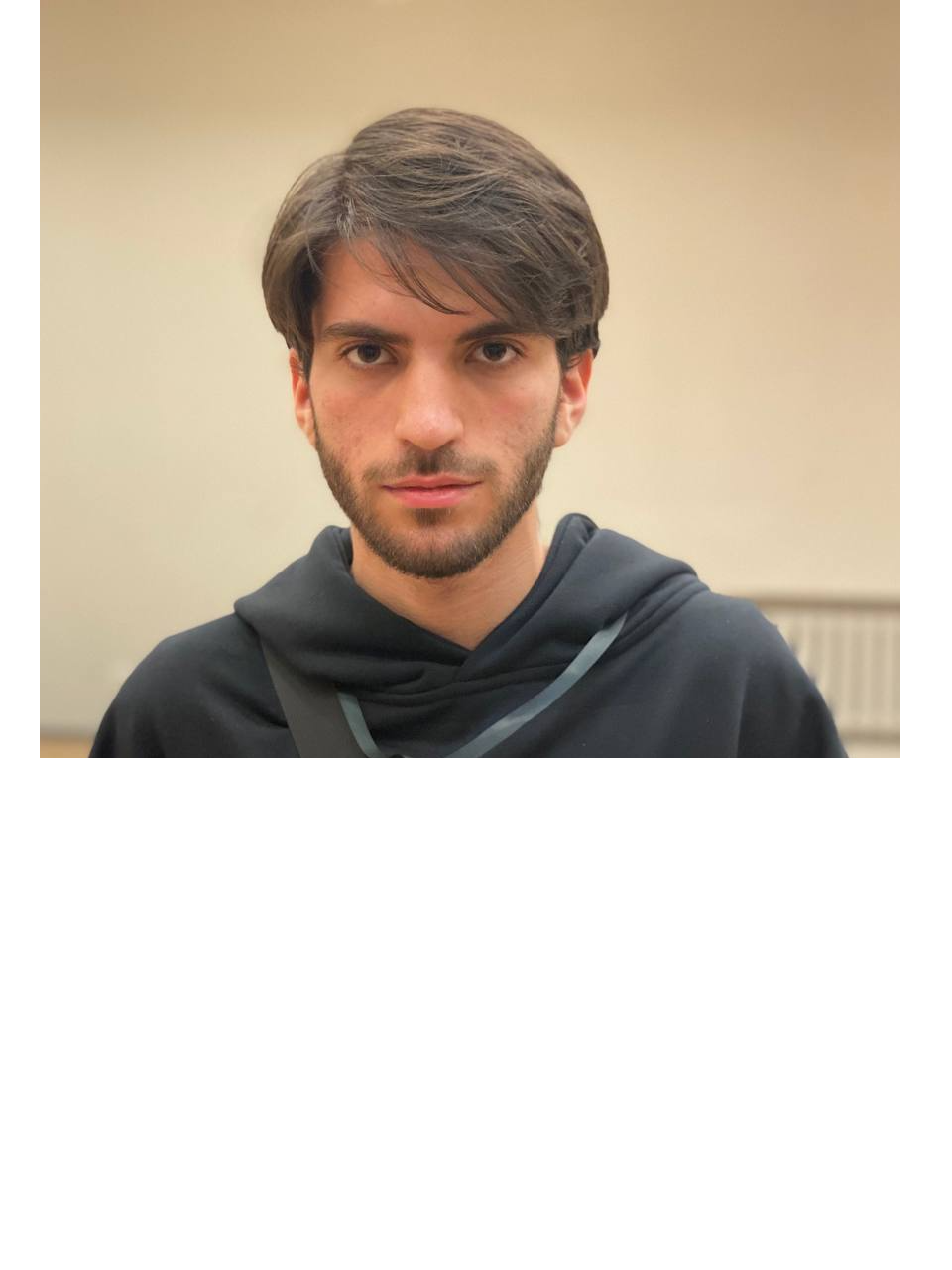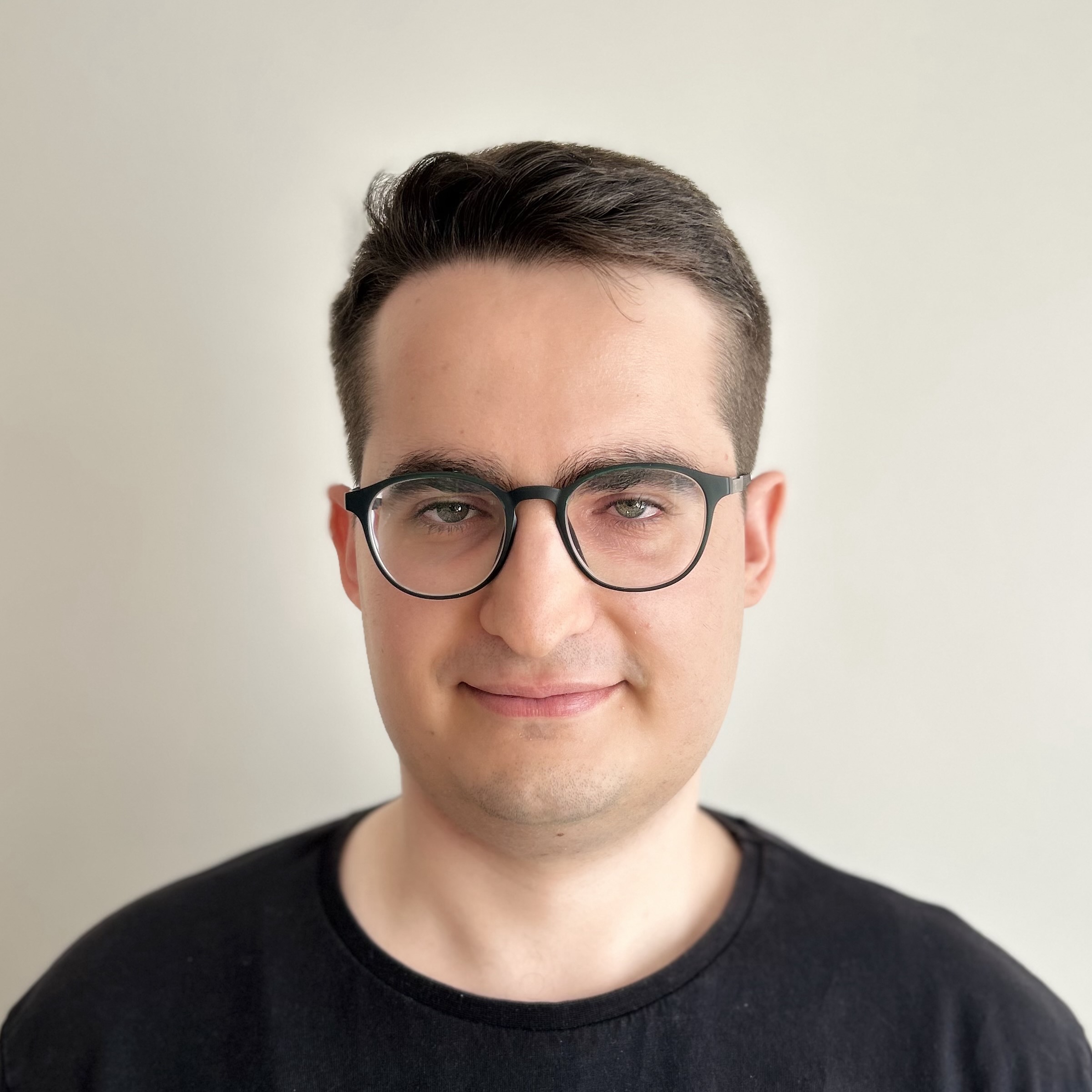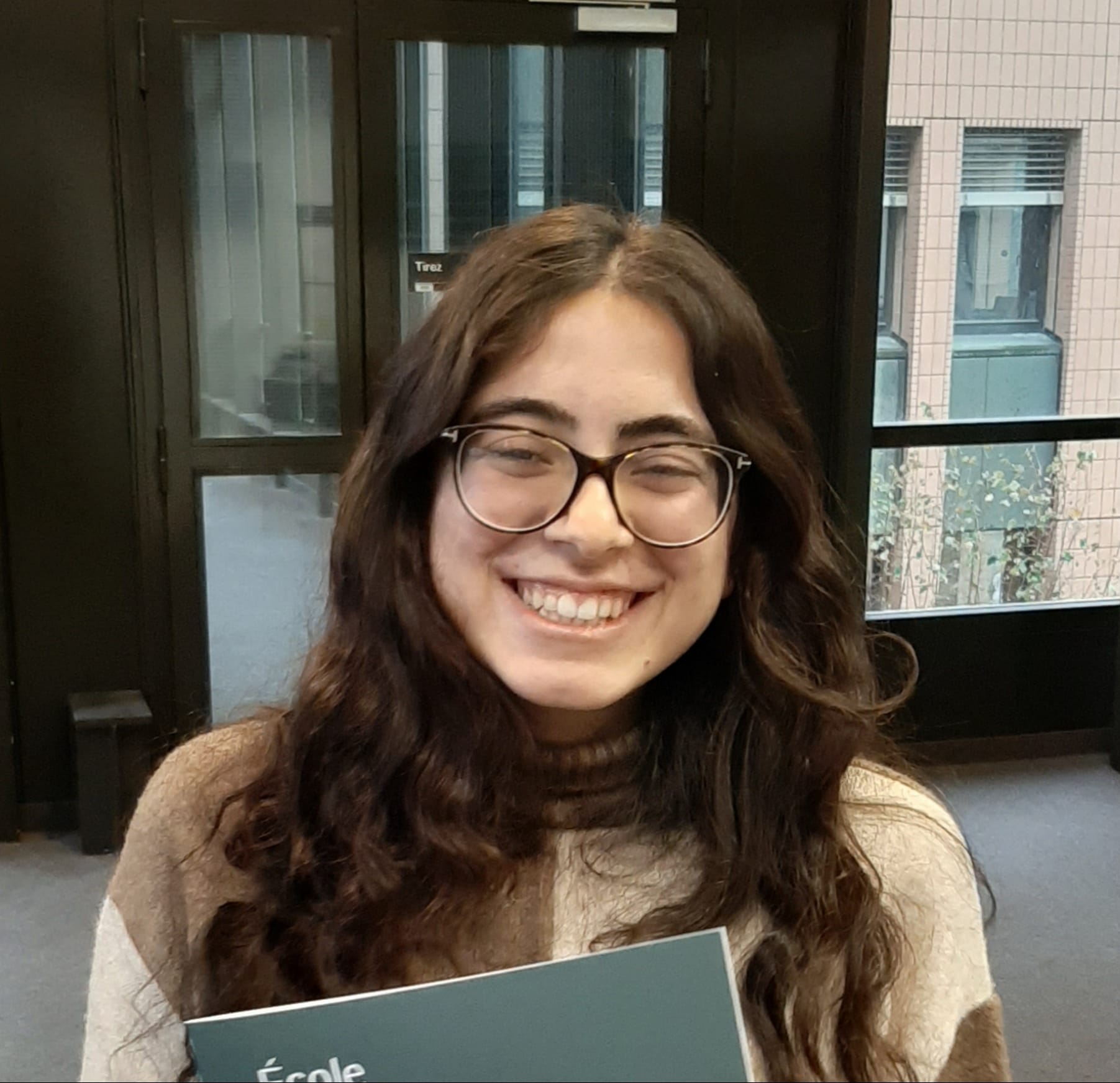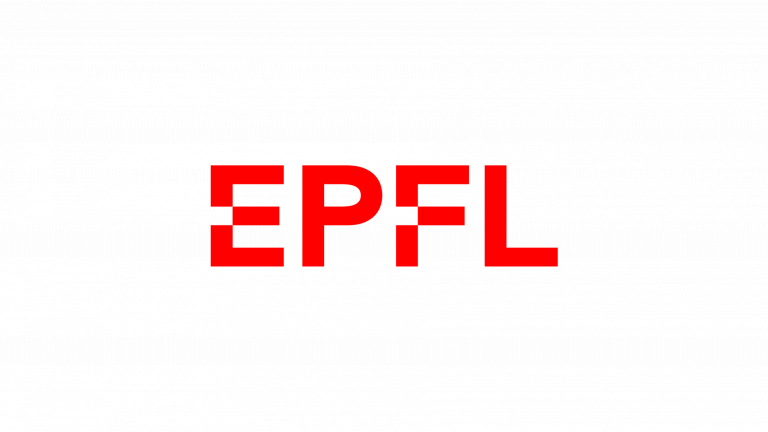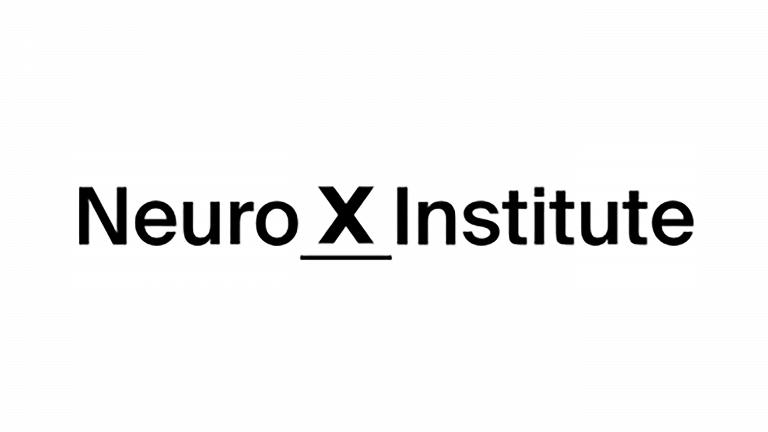
We are the NeuroAI research group at the EPFL Neuro-X Institute, jointly between the School of Life Sciences, and the School of Computer and Communication Sciences.
Our research focuses on a computational understanding of the neural mechanisms underlying human natural intelligence. To achieve this goal, we bridge Deep Learning, Neuroscience, and Cognitive Science, building artificial neural network models that match the brain’s neural representations in their internal processing and are aligned to human behavior in their outputs.
We primarily engage on three synergistic research directions:
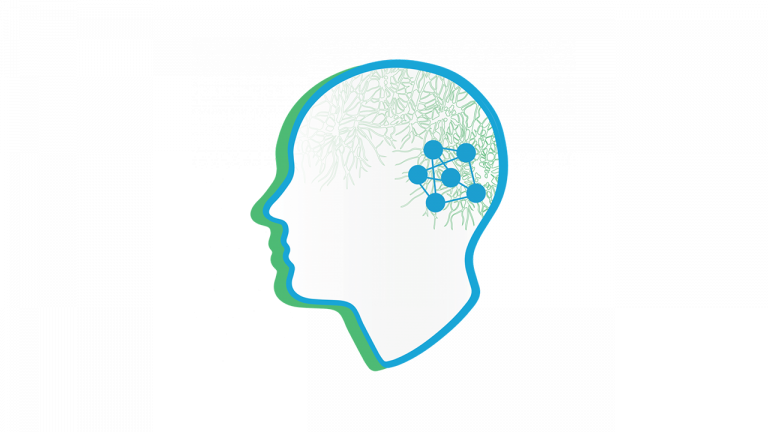
We create state-of-the-art models using task optimization and primate behavioral and neural measurements. We currently focus most on vision and language.
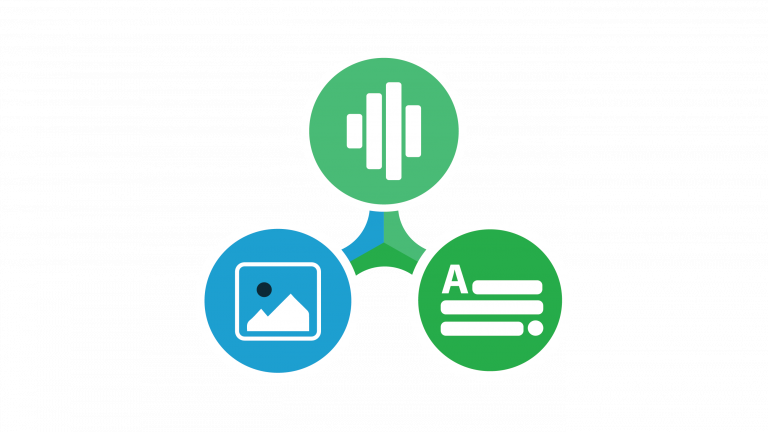
We are building brain-like models that connect sensory processing and downstream readout streams, and bridge from neurons to behavior.
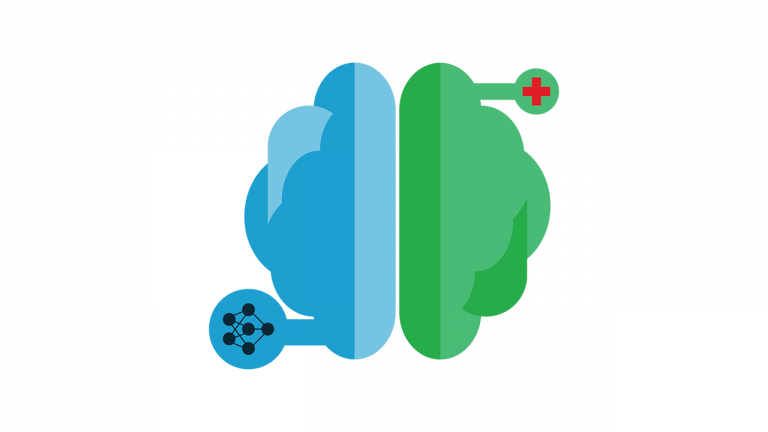
To improve people’s lives we are developing model-guided closed-loop approaches (e.g. for blindness, dyslexia, aphasia).
Selected Publications
Please see Google Scholar for a full list of publications.
Driving and Suppressing the Human Language Network Using Large Language Models
Tuckute, Sathe, Srikant, Taliaferro, Wang, Schrimpf, Kay, Fedorenko.
Nature Human Behavior 2024.
[paper] [code] [press 1 2 3 4 5 6 7 8 9]
Primate Inferotemporal Cortex Neurons Generalize Better to Novel Image Distributions Than Analogous Deep Neural Networks Units
Bagus, Marques, Sanghavi, DiCarlo, Schrimpf.
SVRHM @ NeurIPS 2023.
[paper]
Aligning Model and Macaque Inferior Temporal Cortex Representations Improves Model-to-Human Behavioral Alignment and Adversarial Robustness
Dapello*, Kar*, Schrimpf, Geary, Ferguson, Cox, DiCarlo.
Notable Top-5% @ ICLR 2023.
[paper] [code] [press 1 2 3]
The Neural Architecture of Language: Integrative Modeling Converges on Predictive Processing
Schrimpf, Blank, Tuckute, Kauf, Hosseini, Kanwisher, Tenenbaum, Fedorenko.
PNAS 2021.
[paper] [code, now also in Brain-Score] [press 1 2 3 4 5 6 7 8 9 10 11 12 13]
Simulating a Primary Visual Cortex at the Front of CNNs Improves Robustness to Image Perturbations
Dapello*, Marques*, Schrimpf, Geiger, Cox, DiCarlo.
Spotlight @ NeurIPS 2020.
[paper] [code] [press 1 2]
CORnet: Brain-Like Object Recognition with High-Performing Shallow Recurrent ANNs
Kubilius*, Schrimpf*, Hong, Majaj, Rajalingham, Issa, Kar, Bashivan, Prescott-Roy, Schmidt, Nayebi, Bear, Yamins, DiCarlo.
Oral @ NeurIPS 2019.
[paper] [code] [video] [interview] [press 1 2 3]
Brain-Score platform ![]()
ongoing community effort; first released in 2018.
[website] [perspective Neuron 2020] [technical paper] [code] [press 1 2 3]
Team
Former members:
- Khai Loong Aw (Summer@EPFL intern 2023)
- Maisa Ben Salah (Master Thesis intern, 2023-2024)
Prospective Members
- BS/MS interns and project students: If you are an EPFL student or if you are considering a longer-term visit (6-12 months full-time), please submit your application via this form. If you are not an EPFL student, please consider the Summer@EPFL program (you do not need to email us).
- PhD Applicants: We are always looking for highly talented and motivated students. At EPFL you apply to central PhD programs rather than an individual lab directly. Specifically, we hire from the EDIC and EDNE programs. To keep things fair for all applicants, we typically do not hold meetings before the initial screening. You do not need to send an email to us.
- Postdocs: Please email Martin Schrimpf directly with your CV, cc’ing Stéphanie Debayle. Consider applying to Horizon Europe and EPFLeader4impact Postdoctoral Fellowships.
News
Contact
Offices:
BC 206 (Main Campus Lausanne)
B1 0 261.050 (Campus Biotech Geneva)
Administrative Assistant: Stéphanie Debayle
Office: SV 2513
Phone: +41 21 693 5148
Email: [email protected]
Mailing addresses:
EPFL INX-SV SV UPSCHRIMPF1, SV 2513 (Bâtiment SV), Station 19, CH-1015 Lausanne
EPFL IC IINFCOM UPSCHRIMPF2, BC 408 (Bâtiment BC), Station 14, CH-1015 Lausanne
Access map
Funding
